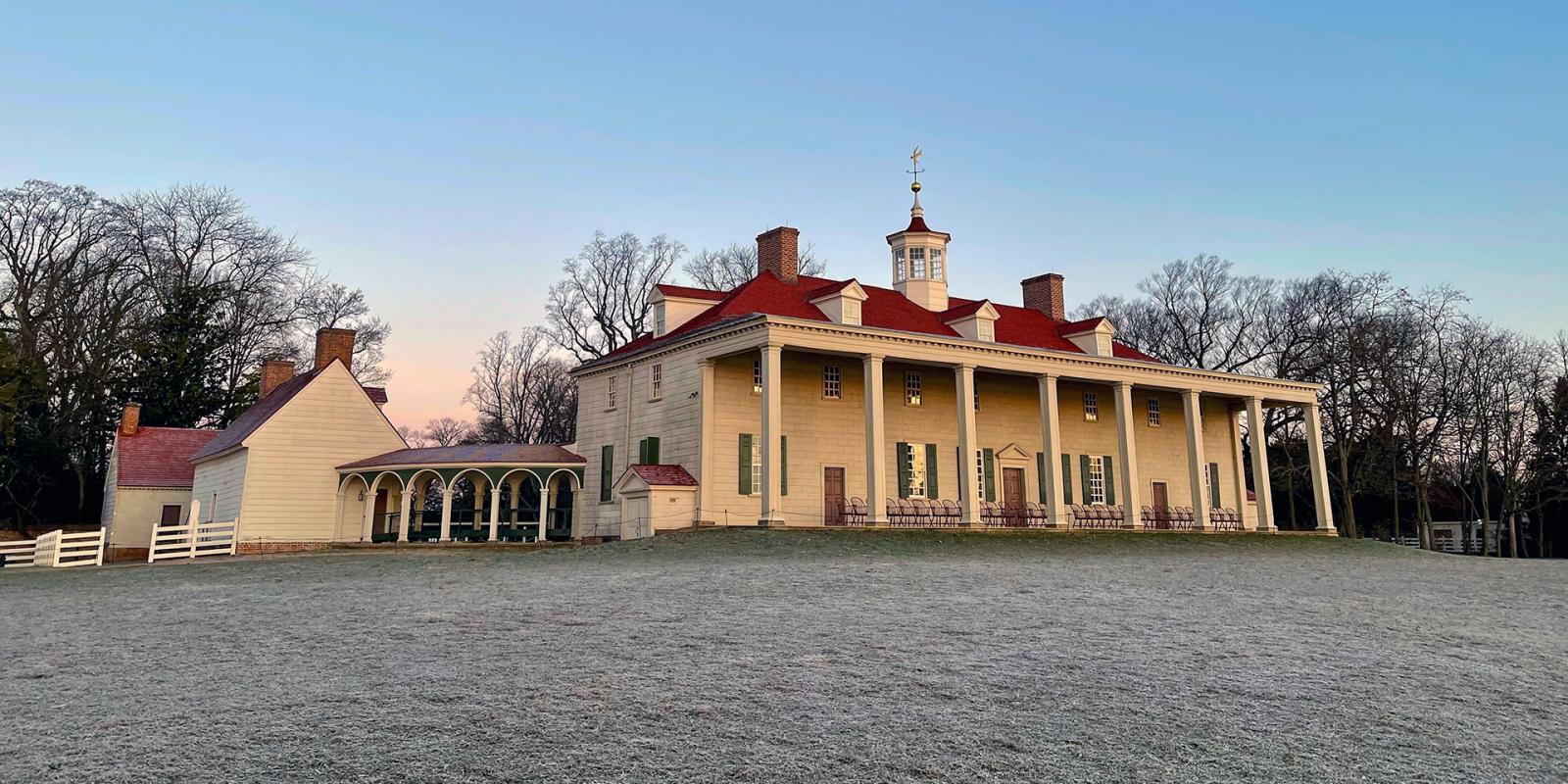Born in Asheville, North Carolina, Roberta Flack started playing the piano at an early age. When she was five, her family moved to the Nauck community in Arlington and she took up the organ, lending her musical talents to Macedonia Baptist Church. At 15, she entered Howard University with a full music scholarship and, by 19, she was a college graduate seeking.
She accepted a position in a segregated school district in Farmville, North Carolina and wound up being the only music teacher for 1300 students, kindergarten through 12th grade. “I lost 40 pounds and almost had a nervous breakdown but we did some beautiful things that year.”
Flack returned to Washington and taught at Rabaut Junior High School and Brown Junior High School. In the evenings, she started performing – first at the Tivoli Opera House in Georgetown and then at Mr. Henry’s, a Capitol Hill nightclub at 6th and Pennsylvania Ave, SE, which was owned by Henry Yaffe.
